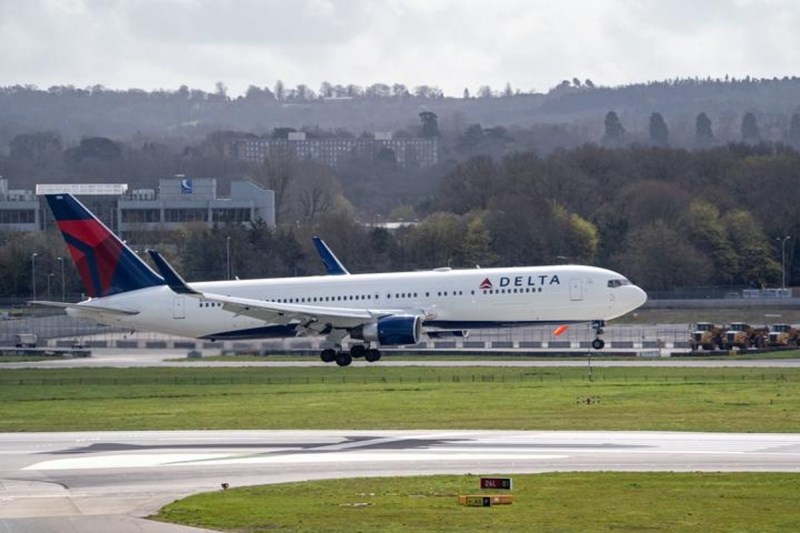
In the lead-up to a big trip, you can feel the excitement. After researching destinations, buying plane tickets, and securing accommodations, you’re ready to hit the ground running. Maybe you’re on a spring skiing excursion to the high alpine in Zermatt, Switzerland. Or if you’re in need of good times in a fun-loving culture, Jamaica could be the ticket. Either way, it’s time to explore and unwind.
But on the departure date, arriving at the gate can throw a wrench in the experience. Long lines, confusing instructions, and aisle backups are like being stuck in the grocery check out line. Instead of showing your ticket, boarding the plane, and taking your seat, you’re left standing, waiting, and wondering before takeoff.
Delta Air Lines took note of travelers’ boarding hassles and devised a simpler, easier way to depart. By simplifying groups into numbered zones, the carrier hopes to ease travel day congestion and make air travel a smoother experience.
How Delta Air Line’s new boarding zones work

Previously, Delta Airlines grouped passengers with “branded boarding.” Though logical, the system involved detailed terminology, leading to a confusing, burdensome process. The carrier realized that and devised a more intuitive method: numerical zones. It starts May 1 — here’s how it works.
Before, Delta passengers received boarding preference via ticket type, active military status, rewards program status, or a need for accommodations. While well-intentioned, the program involved a dictionary of “branded boarding” terms, making the process even more arduous. This was the order:
- Pre-Boarding
- Delta-One or First Class
- Diamond Medallions
- Delta Premium Select
- Early Access (customers with car seats or strollers)
- Delta Comfort+
- Sky Priority
- Main Cabin 1
- Main Cabin 2
- Main Cabin 3
- Basic Economy
That’s a lot to keep track of when you’re dreaming of distant mountains or local cuisines. Thankfully, Delta’s new boarding zones make things a breeze. The new order consists of (prior name in parentheses):
- Zone 1 (Pre-Boarding, Delta One or First Class)
- Zone 2 (Diamond Medallions and Delta Premium Select)
- Early Access
- Zone 3 (Delta Comfort+)
- Zone 4 (Sky Priority)
- Zone 5 (Main Cabin 1)
- Zone 6 (Main Cabin 2)
- Zone 7 (Main Cabin 3)
- Zone 8 (Basic Economy)
While the order is largely the same, customers can rest easy, with simple numbers indicating their place in line. With so much to keep track of on the day of a trip, it’s a welcome change to a confusing process.
Simplified boarding saves time and money

Delta’s new boarding system not only helps passengers but also increases the company’s bottom line. That’s according to John Milne of Clarkson University in Potsdam, NY, the author of over 20 articles on airplane boarding.
He notes, “Saving even one minute in airplane turn time can sum up to several hundred million dollars per year for a large airline.” Further, he states, “Particularly large savings for an airline result when the boarding time reduction leads to offering an additional flight during the day.”
So, the new Delta Airlines boarding zones are a win-win. Customers no longer have to sift through branded terminology, and the airline can optimize profits.
Though air travel can take you far and wide, boarding a plane can be cumbersome. Delta’s numbered zones make reaching your seat a breeze, so you can kick back and enjoy the view. If you want to focus on an epic trip — and not be weighed down by inconvenience — Delta’s new system is just the ticket.



